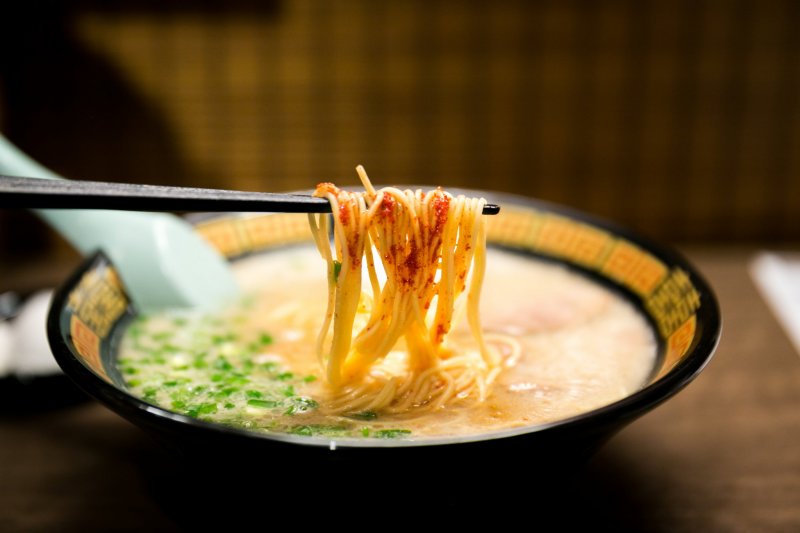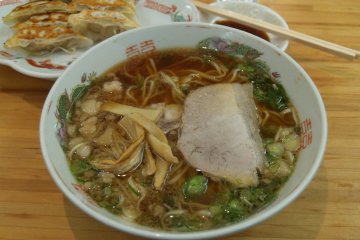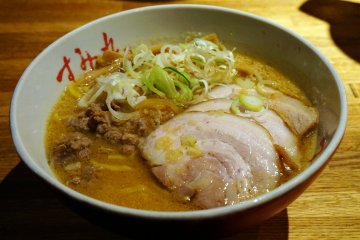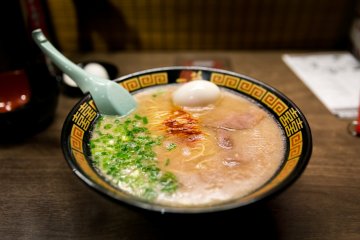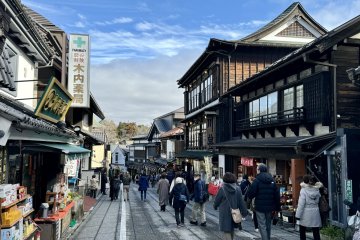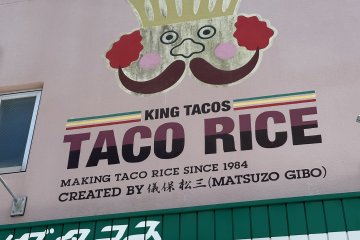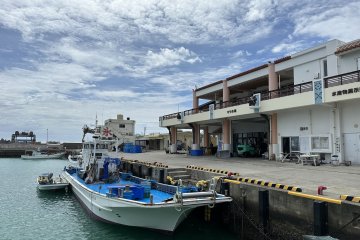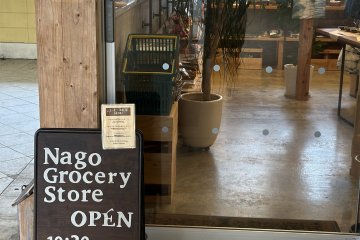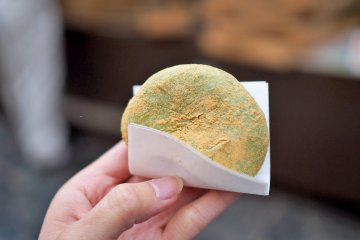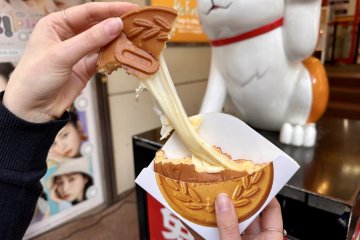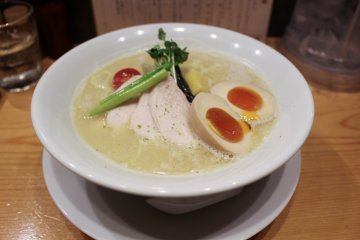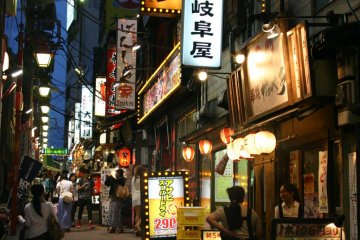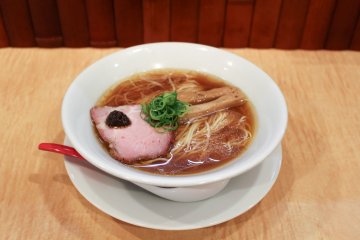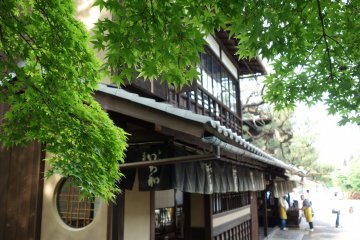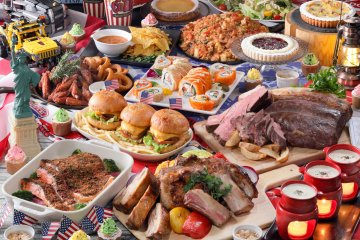Overview
Changing from region to region, prefecture to prefecture and even store to store, ramen is an incredible culinary experience. Based on soy sauce, miso, salt or pork bone-based broths, flavouring includes seafood, vegetables, chicken, pork and even beef. Noodles, too, are a myriad of textures, adding to the extreme range of styles found throughout the country. Here is a simple introduction to just some of the ramen found throughout the eight regions of Japan.
Chubu
Despite soy sauce-based broths being the standard feature here, the ramen from the Chubu region displays a good range of tastes and textures. With the spice-laden broths of Nagoya and the fatty flavours from Niigata, Chubu is also home to a strong salt and pepper punch that is found in Toyama as well as a curiously lighter taste in Gifu.

Chugoku
With its independent attitude, the ramen from the Chugoku region loves to be unique and different. Okayama excels in chicken flavours while Tottori prefecture is the home of the very special beef ramen. Shimane prefecture offers a much lighter than usual salt flavour while in Hiroshima, globules of fat float around in the broth creating a hearty heaven.

Hokkaido
Miso is the famous ingredient in the ramen broths from the Hokkaido region. But whether bowls here use miso, salt or soy sauce as their base, a dollop of lard or butter is a standard feature, helping to retain heat and warmth creating depth. The noodles here tend to be medium-thick and curly, creating a homey culinary ambience.

Kansai
While soy sauce-based broths may be the common feature of the ramen from the Kansai region, flavour and texture are definitely up for grabs. The supposedly refined Kyoto loves heavy broths and thick noodles, party mode Osaka takes the minimalist approach while the sweeter tastes of Hyogo and Wakayama's thin noodles add more variety.

Kanto
Variety is the absolute key for the ramen of the Kanto region. Clear soy sauce-based broths represent the classic style from Tokyo, Kanagawa's thick noodles and thick broths are a delight while the thin broths of Tochigi prefecture stand in complete contrast to the punch of chilli spice found in the ramen of Chiba. Noodles, too, range from thin and curly to short and thick in Kanto.

Kyushu
The ramen from the Kyushu region is the best representative of the tonkotsu pork bone-based broth. The nation's number one ramen style can be found in Fukuoka, Kumamoto prefecture loves its garlic and sesame flavouring, Kagoshima opts for chicken and vegetable while Miyazaki prefecture does very well with its fish stock flavouring.

Shikoku
The ramen from the Shikoku region is based on soy sauce or salt broths but also excels in local variety and thin, straight noodles. Tokushima prefecture really sells its raw egg topping, Kochi offers a ramen served in a hotpot style while Ehime prefecture finds itself the underrated standard bearer for the region's local flavourings.

Tohoku
The ramen from the Tohoku region is surprisingly light in both taste and texture. Curly thin noodles are common, especially in the clear chicken and sardine broths of Yamagata. The popular soy sauce broth of Fukushima competes with the seafood flavoured salt broths of Iwate as well as the unique miso curry milk ramen of Aomori.


